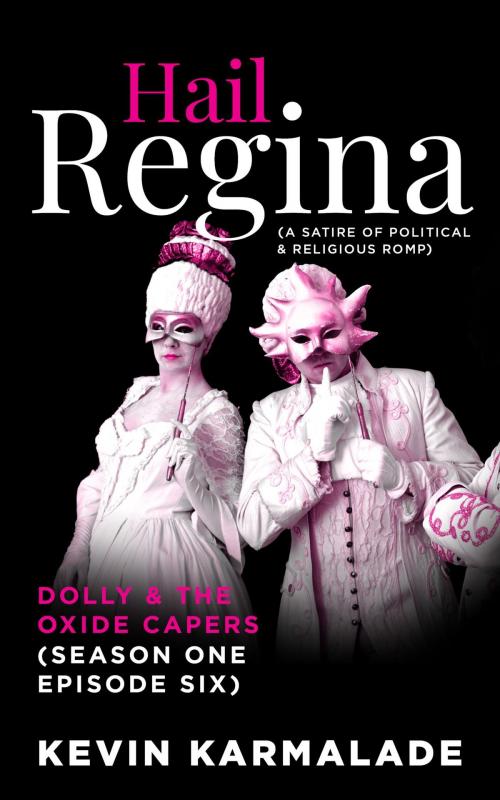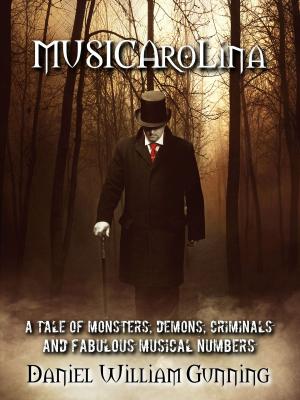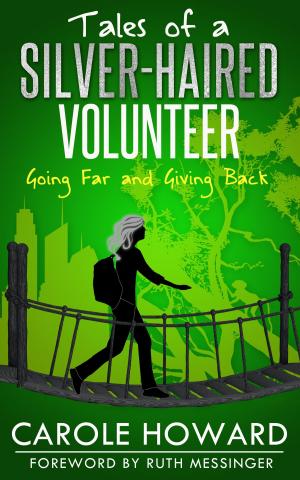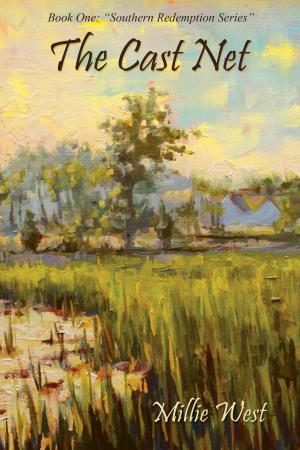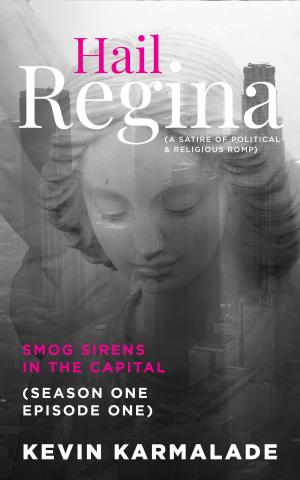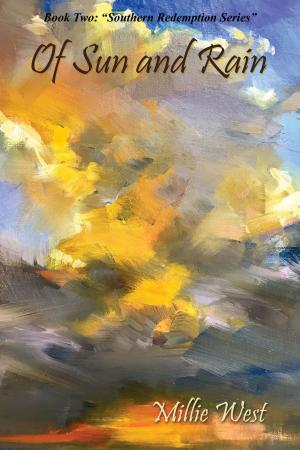Dolly & the Oxide Capers
SEASON ONE - EPISODE SIX
Fiction - YA, Dystopia, Kids, Teen, Dystopian, Fiction & Literature| Author: | Kevin Karmalade | ISBN: | 9781642376364 |
| Publisher: | Gatekeeper Press | Publication: | May 29, 2019 |
| Imprint: | Gatekeeper Press | Language: | English |
| Author: | Kevin Karmalade |
| ISBN: | 9781642376364 |
| Publisher: | Gatekeeper Press |
| Publication: | May 29, 2019 |
| Imprint: | Gatekeeper Press |
| Language: | English |
At this stage of the serial, readers will have formed a picture of the nature of the groups of characters that attend Lamb’s ball. Lamb welcomes his guests and re-assures their donations will go to a worthy cause. It helps that he is wheel chair bound. It makes his fund-raising more credible—being a distinguished citizen, with a visible disability from the free use of his legs.
We are able to observe Dirk, the Attorney-general, Mandy Fagan, Warrin Fitz Gerald and others as they party on, relatively uninhibited. Dolly the sheep appears as part of the festivities. The reaction to her; the strangeness of having an innocent sheep as an amusement, signals the understated vulgarity and lavishness of the event. We are also vaguely aware of the impending appearance of a donkey called, ‘Sir Nigel.’ Along with Dolly, he too has been quietly smuggled into the venue by Lamb’s stagehands.
Karmalade shares a fascination with many—for the Renaissance painters Bruegel and Bosch. Their paintings were one of the chief inspirations of the penning of this episode. In the early manuscripts, copies of the paintings were embedded into the actual manuscripts versions, to mirror the underlying themes of temptation and organised debauchery. The paintings that inspired the ball scenes are from the famous Temptation of St Anthony oil painting series by Bosch (ca 1505). The painting currently hangs in the Museu Nacional de Arte Antiga, in Lisbon.
There is a palpable sense of the writer’s observations of human interaction, games and relations throughout episodes 5-8. This is not dissimilar to the way F. Scott Fitzgerald took aim at the opulence and decadence of his era in, The Great Gatsby (1924-25). We become immersed in the meandering scenes of the intoxicated superiors and inferiors; a warped nativity using an inferior subservient to play ‘the son of Regina’; nitrous-oxide gas, a sheep, a donkey swilling ale, an angel in an Elvis jacket and a statue with its head broken off— cussing to the ball guests. We have no doubt that ‘the charity’ they have come to support, may well just be an excuse for some extravagant entertainment. Lamb is everyone’s enabler therefore.
About the Author
This is Kevin Karmalade's debut novella series. The 'Hail Regina' series will consist of 6 novella's (with 6-8 episodes per season). Karmalade sees Hail Regina as predominantly a vintage-style, theatrical satire. The work does not set out to mirror societal dysfunction or hypocrisy in the strong way - as some of the classic dystopian novels did in the past. Rather, Hail Regina should be understood primarily as a modern entertainment fiction set within the genre. It is written to entertain above all else.
Karmalade may be regarded as a mischievous, playful storyteller. A ‘jester’ of sorts, who reels us in with a simple story - then sometimes holds a mirror to our face. The writer is aware that on some level, the work naturally touches upon the obvious flaws of humanity. The theme of human liberation and freedom in literature is familiar to most. This serialized tale then, does not try to break new thematic ground. It does however present readers of all ages (from 14+) this classic theme, in an opaque, but contemporary and engaging way.
At this stage of the serial, readers will have formed a picture of the nature of the groups of characters that attend Lamb’s ball. Lamb welcomes his guests and re-assures their donations will go to a worthy cause. It helps that he is wheel chair bound. It makes his fund-raising more credible—being a distinguished citizen, with a visible disability from the free use of his legs.
We are able to observe Dirk, the Attorney-general, Mandy Fagan, Warrin Fitz Gerald and others as they party on, relatively uninhibited. Dolly the sheep appears as part of the festivities. The reaction to her; the strangeness of having an innocent sheep as an amusement, signals the understated vulgarity and lavishness of the event. We are also vaguely aware of the impending appearance of a donkey called, ‘Sir Nigel.’ Along with Dolly, he too has been quietly smuggled into the venue by Lamb’s stagehands.
Karmalade shares a fascination with many—for the Renaissance painters Bruegel and Bosch. Their paintings were one of the chief inspirations of the penning of this episode. In the early manuscripts, copies of the paintings were embedded into the actual manuscripts versions, to mirror the underlying themes of temptation and organised debauchery. The paintings that inspired the ball scenes are from the famous Temptation of St Anthony oil painting series by Bosch (ca 1505). The painting currently hangs in the Museu Nacional de Arte Antiga, in Lisbon.
There is a palpable sense of the writer’s observations of human interaction, games and relations throughout episodes 5-8. This is not dissimilar to the way F. Scott Fitzgerald took aim at the opulence and decadence of his era in, The Great Gatsby (1924-25). We become immersed in the meandering scenes of the intoxicated superiors and inferiors; a warped nativity using an inferior subservient to play ‘the son of Regina’; nitrous-oxide gas, a sheep, a donkey swilling ale, an angel in an Elvis jacket and a statue with its head broken off— cussing to the ball guests. We have no doubt that ‘the charity’ they have come to support, may well just be an excuse for some extravagant entertainment. Lamb is everyone’s enabler therefore.
About the Author
This is Kevin Karmalade's debut novella series. The 'Hail Regina' series will consist of 6 novella's (with 6-8 episodes per season). Karmalade sees Hail Regina as predominantly a vintage-style, theatrical satire. The work does not set out to mirror societal dysfunction or hypocrisy in the strong way - as some of the classic dystopian novels did in the past. Rather, Hail Regina should be understood primarily as a modern entertainment fiction set within the genre. It is written to entertain above all else.
Karmalade may be regarded as a mischievous, playful storyteller. A ‘jester’ of sorts, who reels us in with a simple story - then sometimes holds a mirror to our face. The writer is aware that on some level, the work naturally touches upon the obvious flaws of humanity. The theme of human liberation and freedom in literature is familiar to most. This serialized tale then, does not try to break new thematic ground. It does however present readers of all ages (from 14+) this classic theme, in an opaque, but contemporary and engaging way.
